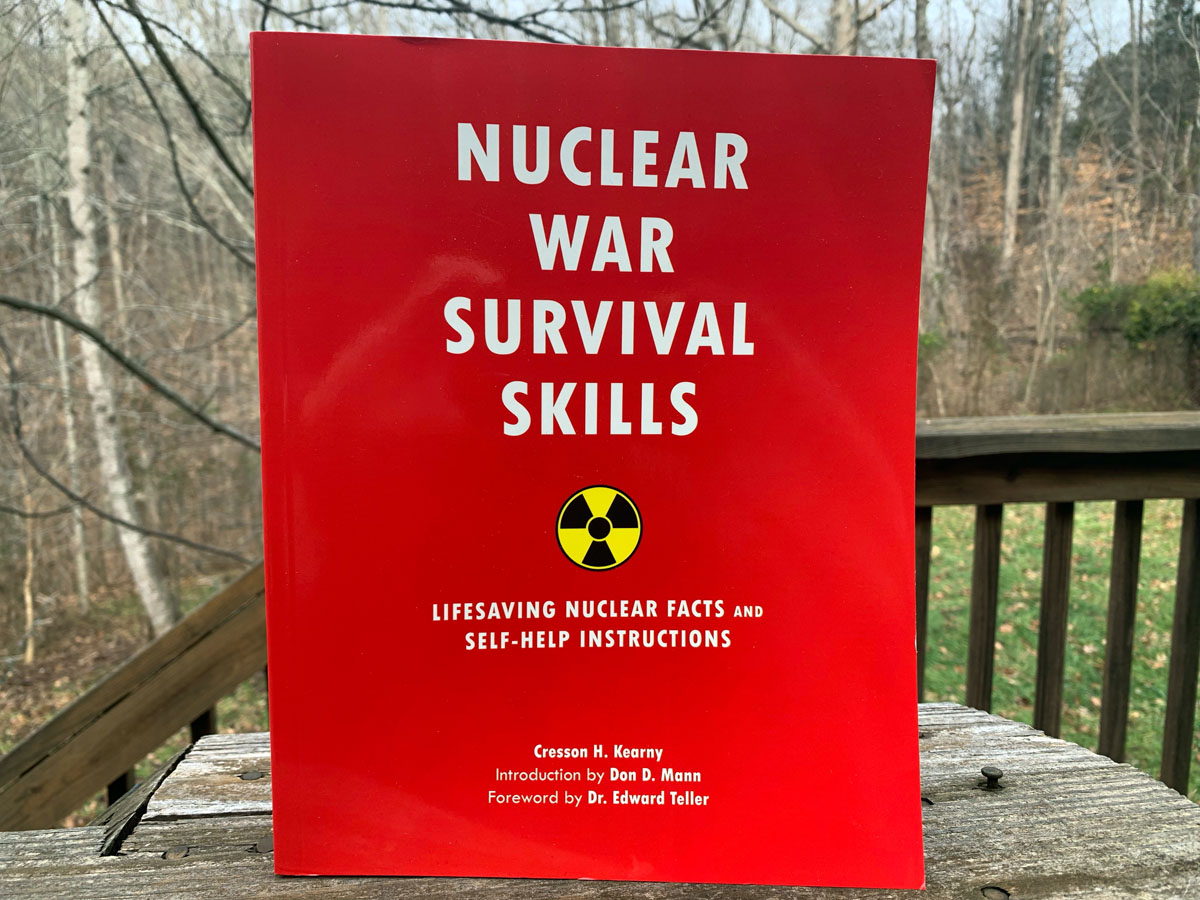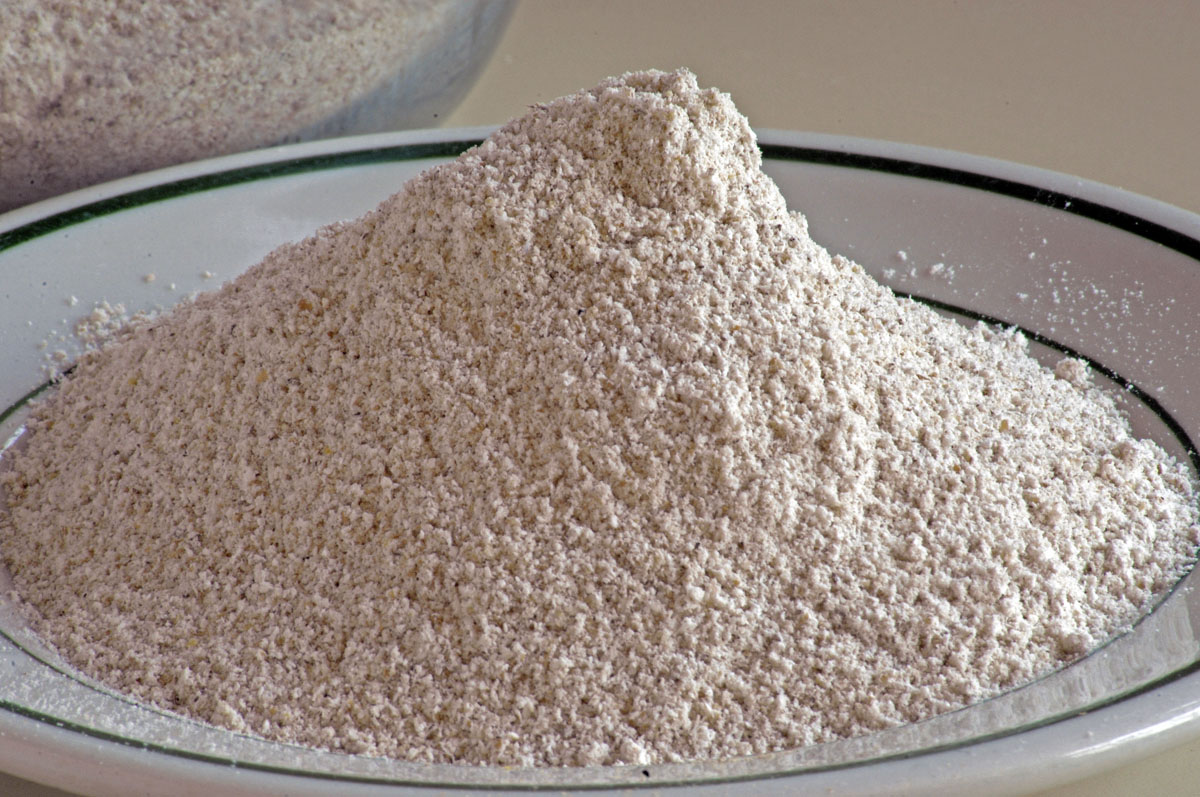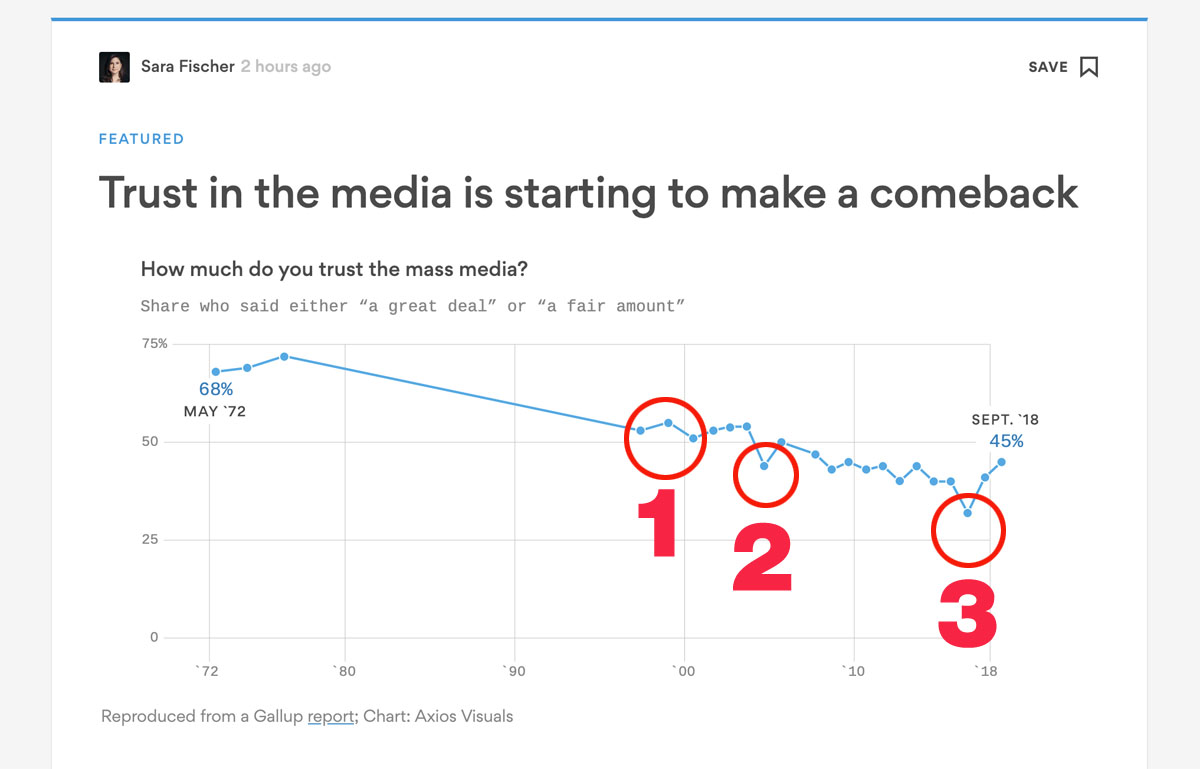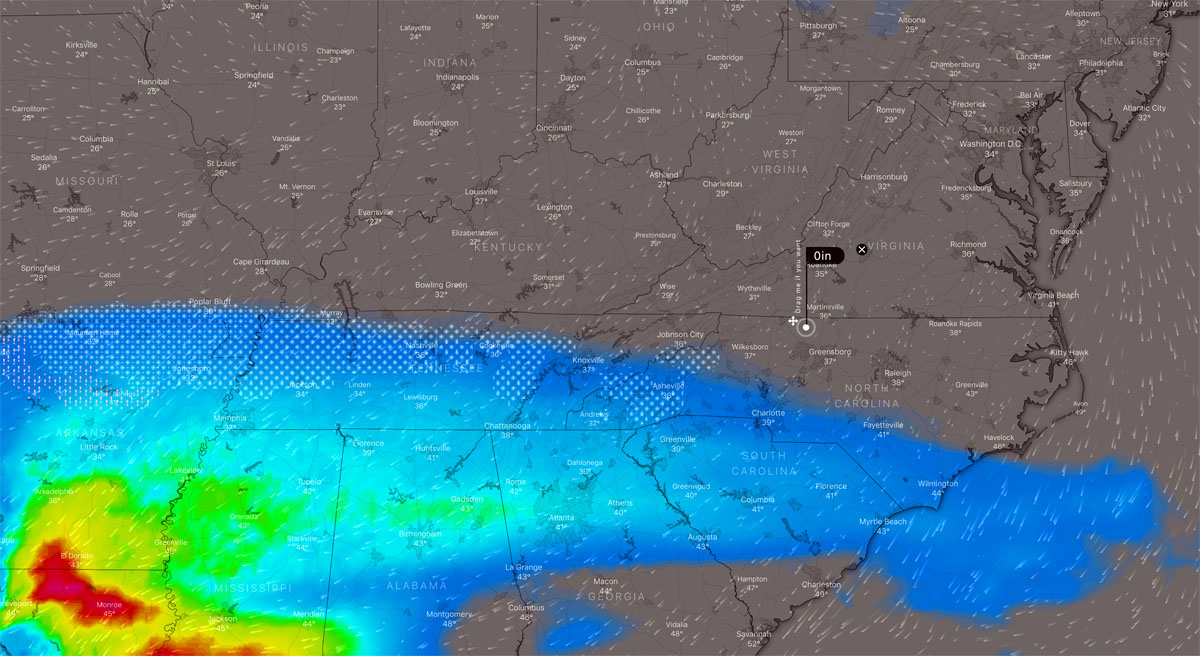
Those of you who recognize the quote in the image above will guess the subject of this post: thermonuclear war. The quote is from the 1983 classic film “War Games” starring Matthew Broderick.
First of all, I’m not the only person with a renewed concern about nuclear weapons. It seems to be in the zeitgeist recently. For example:
• Two days ago, on Christmas day, Russia tested a new bomb-delivery missile that flies at 20 times the speed of sound. Putin gloated. The Russian people were thrilled. Here is a link to the Washington Post story, Russia is poised to add a new hypersonic nuclear warhead to its arsenal.
• The day after Russia’s missile test, Vox published a fairly detailed overview of the current state of the world’s nuclear weapons, including some quotes from experts about the global level of danger as it stands today. The article also includes some scary information on just how deadly the detonation of even one nuclear weapon would be. Here is a link to the article, This is exactly how a nuclear war would kill you.
• Earlier this year, the United States released a report with the title Nuclear Posture Review 2018. The report was signed by Jim Mattis, the former Marine Corps general who recently resigned as Secretary of Defense because of his disgust with the Trump administration. The report is a slick piece of public relations. You have to read it carefully to catch the main point. That main point is that, under Trump, the United States has lowered the threshold for the use of nuclear weapons. Here is a link to the report.
• The Vox story includes an anecdote from a Georgetown University professor who, for many years, has taught a course on nuclear weapons and world politics. As part of the course, he always asks students whether they think nuclear weapons will be used in their lifetime. In years past, no more than one student would raise their hand. But for the past two years, 60 percent have raised their hands. The professor agrees with them.
In this context, please take a moment to ponder the insanity of an American politics that construes the most urgent threat to the nation’s security to be the U.S. border with Mexico, a politics so depraved that it’s willing to shut down the U.S. government to get billions of dollars for a border wall. Yes, the Pentagon is spending lots of money to catch up with Russia on hypersonic missiles. But to the Trump administration, diplomacy is a dirty word, as Trump repeatedly insults our allies and sucks up to corrupt and belligerent strongmen. Trump boasts that his nuclear button is bigger than North Korea’s nuclear button. The world’s nuclear arsenal is now largely under the control of madmen.
I grew up during the Cold War. Most people concluded that elaborate shelters were not affordable or justifiable. The government at the time actually recommended the building of fallout shelters and made plans available. But, as my father used to say, what would you do when the neighbors show up and want in? Shoot them?
But I think that there probably is a sweet spot on the affordability scale. There are inexpensive things that one can do in advance that greatly improve one’s options in a sudden emergency. These include the storage of a certain amount of food and water for all types of emergencies, including weather emergencies or earthquakes. Where might that sweet spot be for thermonuclear war?
As far as I can tell, the standard handbook is still Nuclear War Survival Skills. It was originally published in 1979 by the Oak Ridge National Laboratory. It was revised in 1986. The revised edition is available, in print, from Amazon. A PDF version is downloadable, free, from many places on the Internet. You can find it by Googling for the title.
Chapter 16 of Nuclear War Survival Skills is only two pages long. It’s a summary of “minimum pre-crisis preparations.” Most of those preparations are inexpensive, and all are based on common sense. For example, you may not make the effort to turn your basement into a fallout shelter. But why not have a plan, and why not stash some items such as tools and tarps. Did you know that stacks of books can be used for radiation shielding?
One potentially costly item that must be stashed in advance is a radiation detector. I have an old Civil Defense Geiger counter. It was made in 1963. It still works great. I bought it on eBay. Dosimeters also would be highly desirable, to track the total cumulative exposure to powerful radiation such as gamma rays. A cheap dosimeter card is available on Amazon. I can’t vouch for its quality, but I believe that the science of it is sound. I don’t want to get into the science of why iodine absorption is a problem with nuclear fallout, but having potassium iodide on hand is a good idea. It’s inexpensive and is available on Amazon.
Preparations aside, survivability would greatly depend upon one’s knowledge. Some of the needed knowledge is easy to acquire. Some of that knowledge is probably not available. For example:
• What should you do if you see extremely bright lights in the sky and suddenly the power goes out? Nuclear War Survival Skills contains these instructions: Don’t look at the light. As quickly as possible, get behind the strongest shield possible between yourself and the light. Stay there for at least two minutes. If no shock wave or explosion sounds reach you in two minutes, then you are more than 25 miles from the detonation. Congratulations. You probably will not be harmed by the effects of the blast itself. You can now come out of hiding and deal with the problem of surviving the nuclear fallout. How to survive nuclear fallout in an improvised shelter is a complicated matter, and that’s why you might want to have a printed copy of Nuclear War Survival Skills on your bookshelf. You also will want to know as much as possible about prevailing winds in your area and the location of nuclear power plants or other military targets, especially if they are upwind of you. This information is easy to acquire now. But after the power goes out, suddenly many things become much more difficult.
• Even with the 1986 revisions, the information about military targets and the capabilities of nuclear weapons is hopelessly out of date. There may be places on the Internet where one might find much of this information, with some diligent research. But all I’ve been able to find is low-quality stuff from people such as right-wing preppers, people with high levels of paranoia and low levels of knowledge. In addition to the lack of references, I’d imagine that much information is a matter of military secrecy. Should we continue to assume, as we did in 1986, that any runway long enough to land a B-52 bomber is a target? I have no idea. Are nuclear power plants still a target? I have no idea. Are major cities still a target? I have no idea. Still, those are all things that I would not want to be downwind of. The amount of fallout from a nuclear detonation greatly depends on the size of the warhead and how far above the ground it detonated. A flash of light will tell us little to nothing about those factors. We just don’t — and probably can’t — know enough to fully assess the risks, either before or after we see a flash. Would radio broadcasts provide information after a flash? Though a battery-powered radio is an essential item, my guess is that any stations that are still able to broadcast are likely to be far away, out of range of most receivers and antennas and with no information on local conditions.
Readers in Europe: Your risk calculus will be a little different that risk calculus in the U.S., but the risk to Europeans is as great, or greater, than in the U.S.
I’m not arguing here that we ought to worry ourselves to death. The Vox article, for example, says that the actual risk that a nuclear weapon (or weapons) will be used remains small. We’ve lived with nuclear weapons now for almost 75 years, and, except for once, we’ve had the good sense not to use them. Nevertheless, the world and its leadership does seem to be particularly disordered at the moment. There is still a huge investment in nuclear weaponry, with new generations of weapons coming online. The United States has lowered the threshold for the use of these weapons. There also is a chance that a rogue state or a terrorist cell will get a nuclear device.
Minimal preparation, I think, is in the same category as insurance. We all spend relatively minor sums on insurance to protect ourselves against major losses. As far as I know, every major business has a disaster plan, prepared in advance and kept up to date. When I worked for the San Francisco Examiner and the San Francisco Chronicle, where earthquakes are a constant threat, we always had a disaster plan, with backup production sites that were equipped and ready, so that we could continue to publish after an earthquake.
Households, I think, would do well to have a disaster plan, with an affordable level of preparations in place. It’s not just about thermonuclear war. It’s also about storms, blackouts, and epidemics, which are far more likely.

Update: From today’s Irish Times, a European take on Russia’s new missile: Bullish Putin unveils ‘invulnerable’ nuclear weapon.























